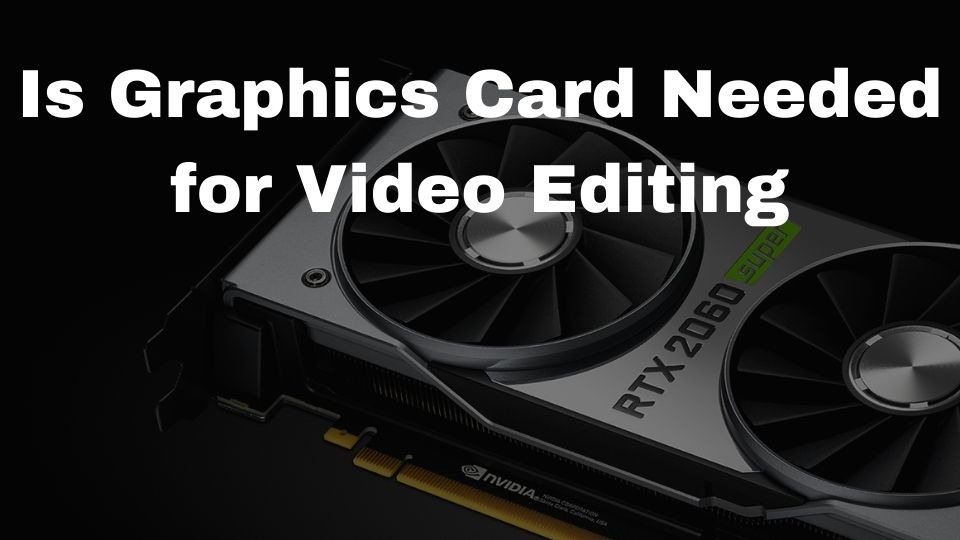Introduction
Video editing is like sculpting in the digital realm, and your graphics card plays a pivotal role in bringing your creations to life. But does size really matter when it comes to VRAM? Let’s find out.
Understanding Video Editing Requirements
Before we dive into the depths of graphics card specifications, let’s grasp the demands of video editing. From cutting and stitching clips to adding effects and transitions, the tasks are resource-intensive, requiring a robust setup for seamless editing.

What Does 2GB Really Mean?
First things first, what’s the deal with 2GB VRAM? Let’s demystify the jargon and understand the significance of Video Random Access Memory in the video editing realm.
Minimum System Requirements for Video Editing
Every software has its rules. Explore the basic requirements your system needs to meet for optimal performance in the video editing arena.
Advancements in Video Editing Software
The world of video editing is constantly evolving. How do software advancements influence the hunger of your graphics card? Let’s take a peek into the future of editing.
Benefits of a Higher VRAM Graphics Card
Size does matter, especially when it comes to VRAM. Discover the perks of opting for a graphics card with more than 2GB VRAM.
Considerations for Different Types of Video Editing
Are you a casual creator or a professional filmmaker? Tailor your graphics card choice based on your editing style and needs.
Budget vs. Performance: Striking the Right Balance
We all love a good bargain, but what compromises come with a budget-friendly 2GB graphics card? Let’s weigh the options.
Real-World Performance: User Experiences
What’s it like to sail the editing seas with a 2GB graphics card? Hear from fellow editors about their real-world experiences.
Future-Proofing Your Video Editing Setup
In a world of constant upgrades, how do you ensure your editing rig stands the test of time? Future-proof your setup with strategic choices.
Overcoming Limitations: Optimizing Settings
Turn limitations into opportunities. Learn how to tweak your settings for optimal performance without breaking the bank.
When Should You Upgrade?
Is your 2GB graphics card showing signs of fatigue? Let’s explore the indicators that suggest it might be time for an upgrade.
Common Misconceptions about VRAM
Separate facts from fiction. Uncover the truth about VRAM and dispel common myths circulating in the tech world.
Tech Jargon Decoded: Understanding Specifications
Lost in the labyrinth of technical terms? Let’s simplify the jargon and empower you to make informed decisions about your graphics card.
Conclusion
As we wrap up our exploration, it’s time to answer the burning question: Is a 2GB graphics card enough for video editing? Brace yourself for the definitive answer.
FAQs:
- Can I use a 2GB graphics card for 4K video editing?
- Addressing the challenges and considerations for 4K editing with a 2GB graphics card.
- What other factors should I consider besides VRAM for video editing?
- Exploring the holistic approach to building an efficient video editing setup.
- Are there specific brands known for producing graphics cards ideal for video editing?
- Shedding light on reliable brands that cater to the needs of video editors.
- How often should I upgrade my graphics card for optimal performance?
- Providing guidance on the ideal upgrade frequency based on technological advancements.
- Is it possible to upgrade the VRAM of an existing graphics card?
- Discussing the limitations and possibilities of upgrading VRAM in a graphics card.
